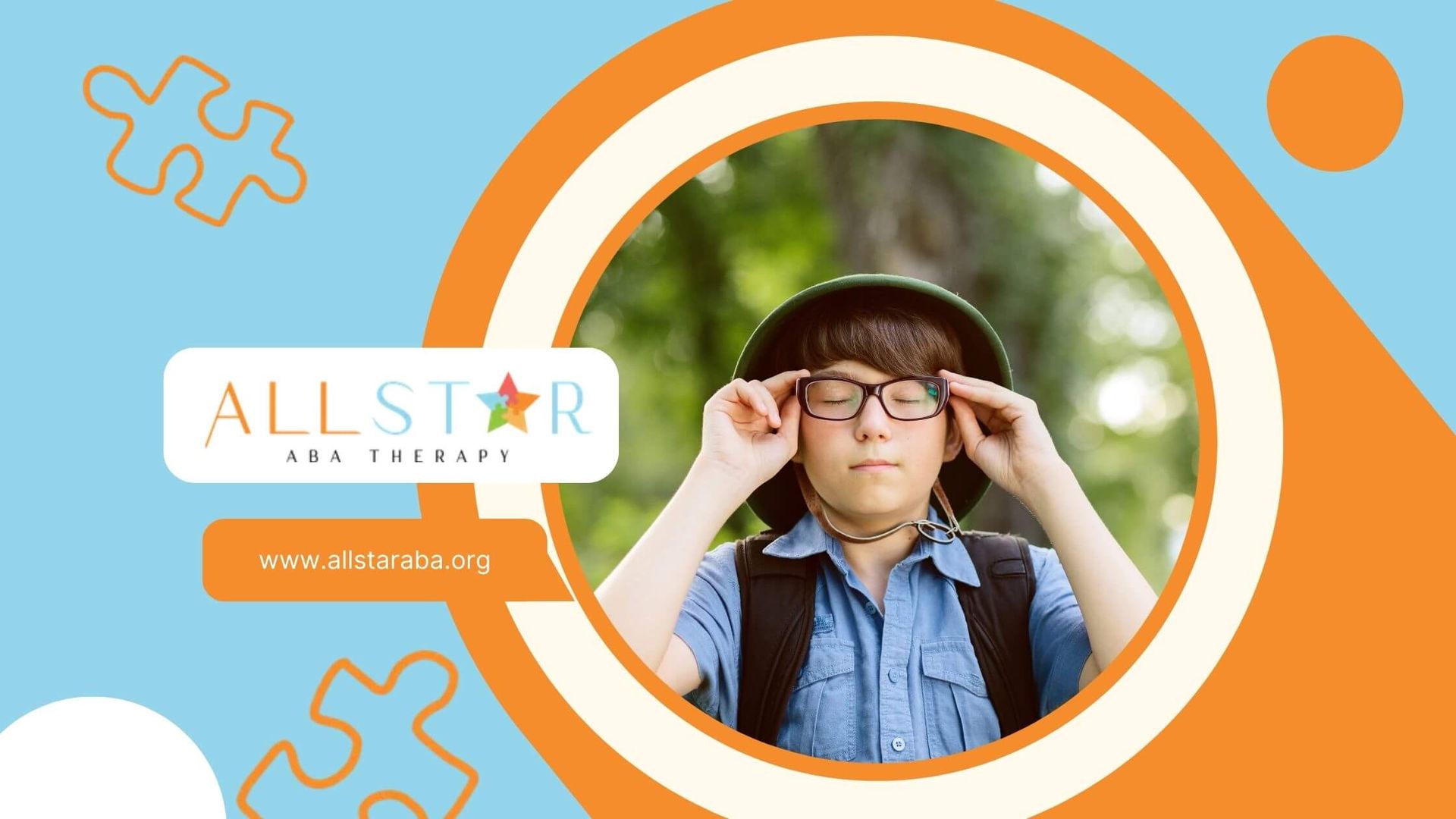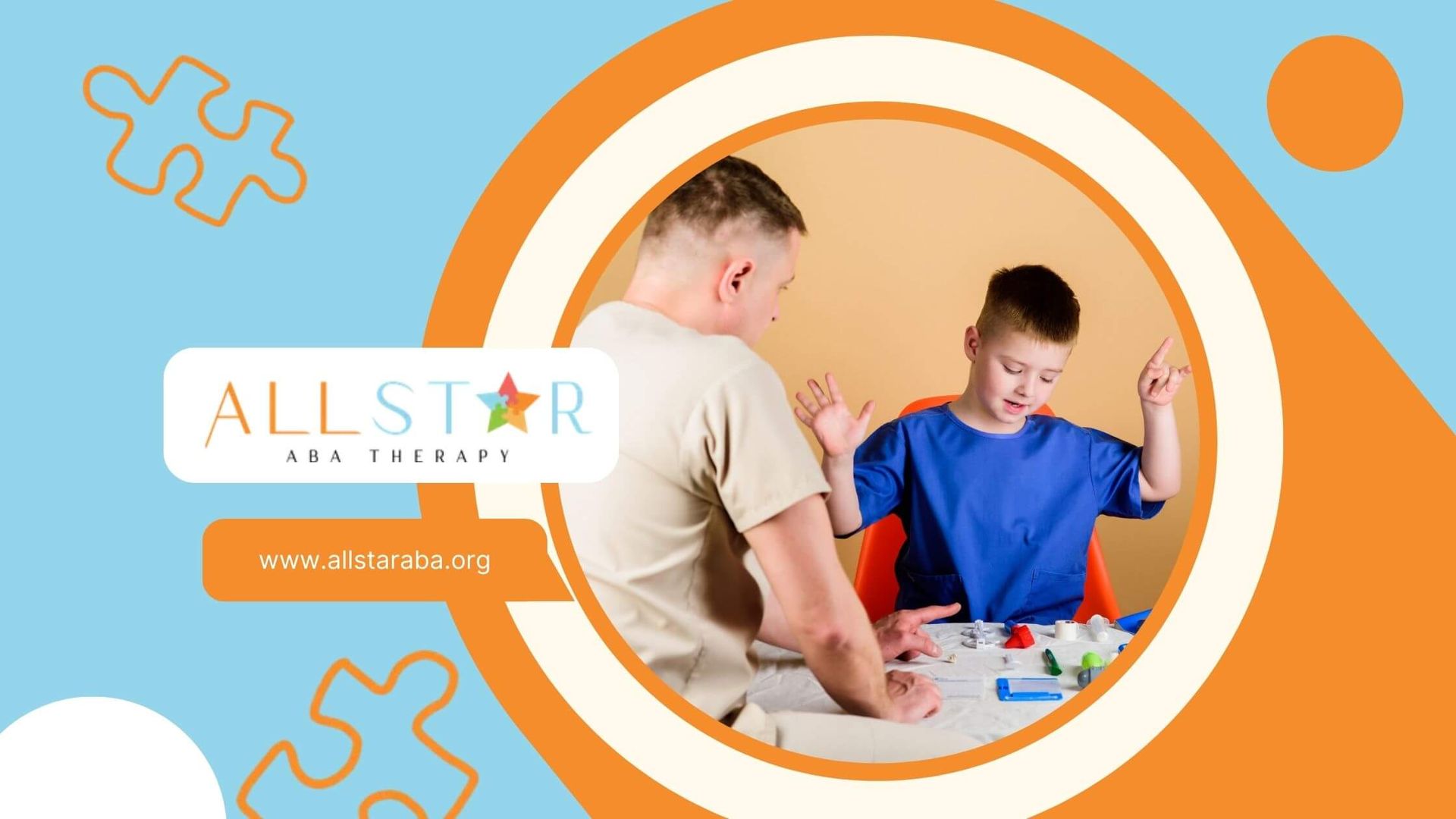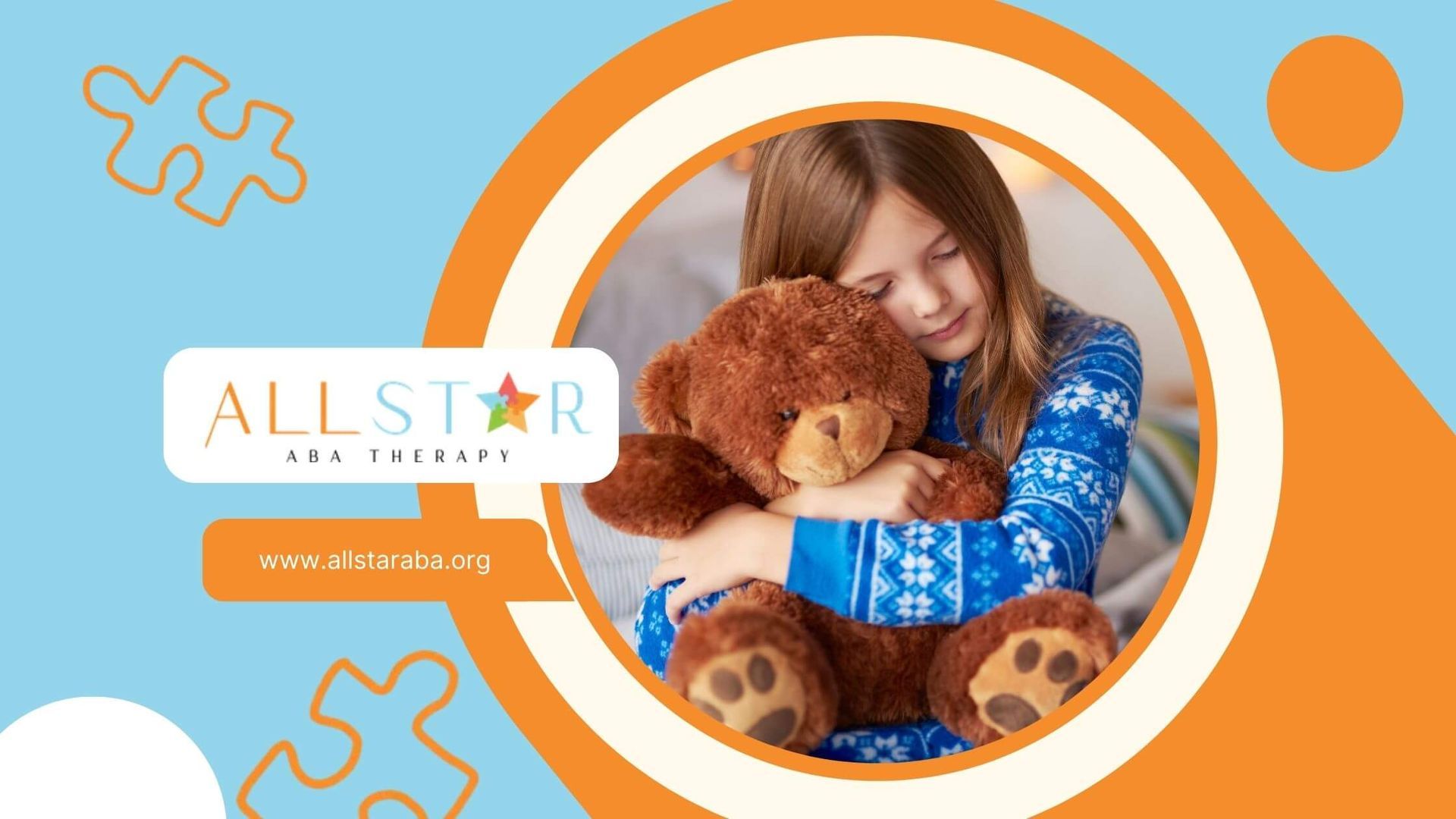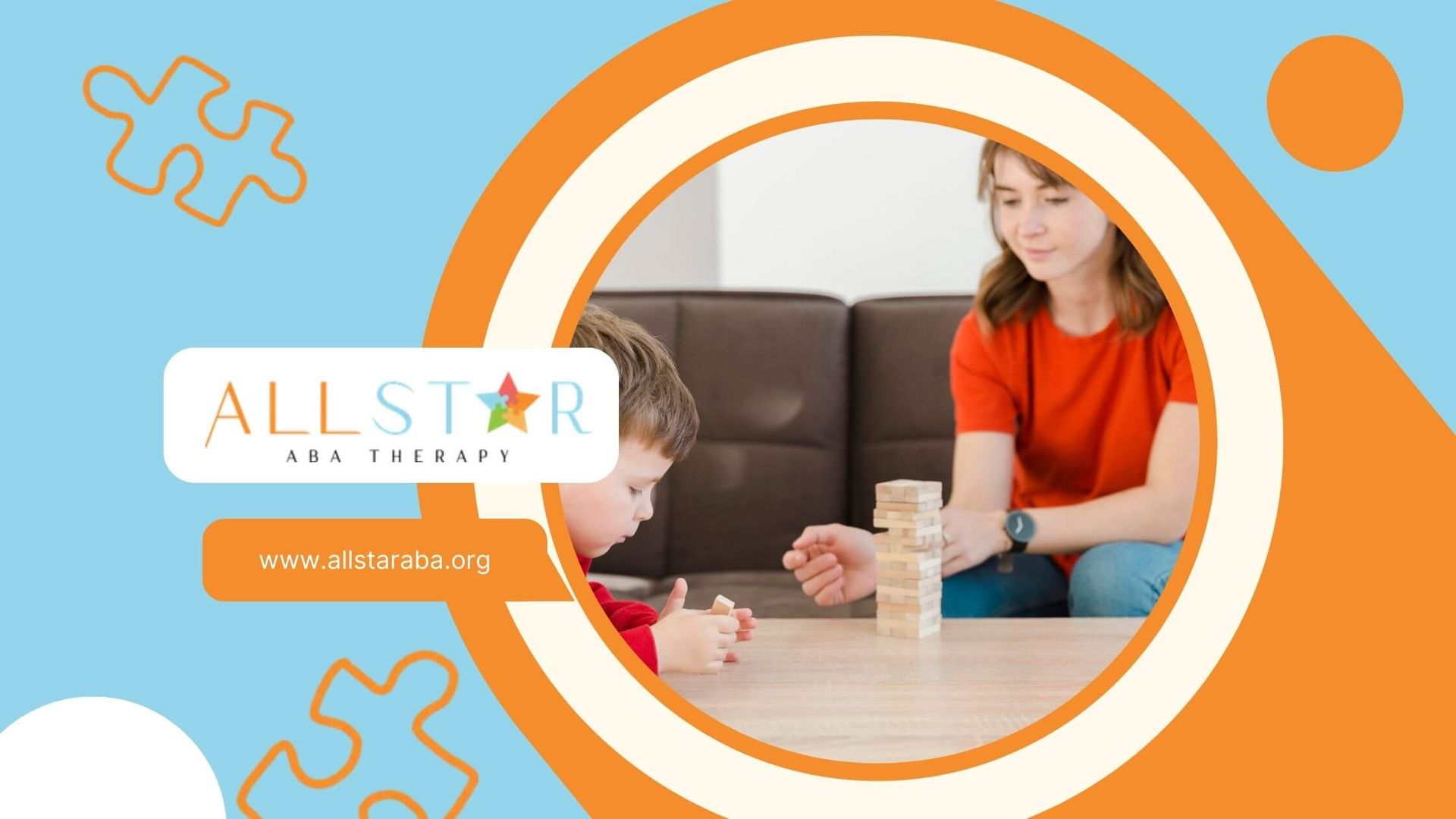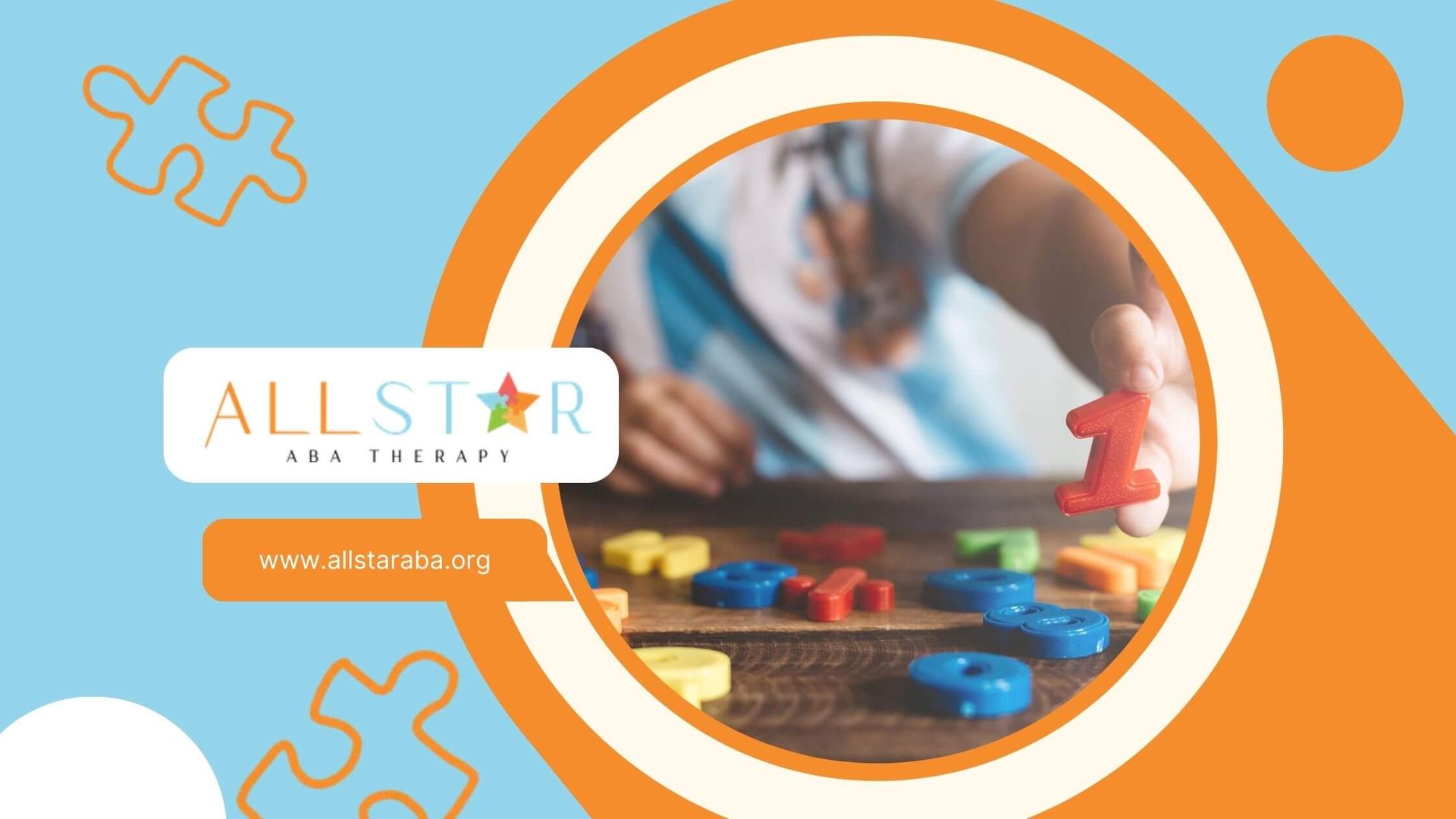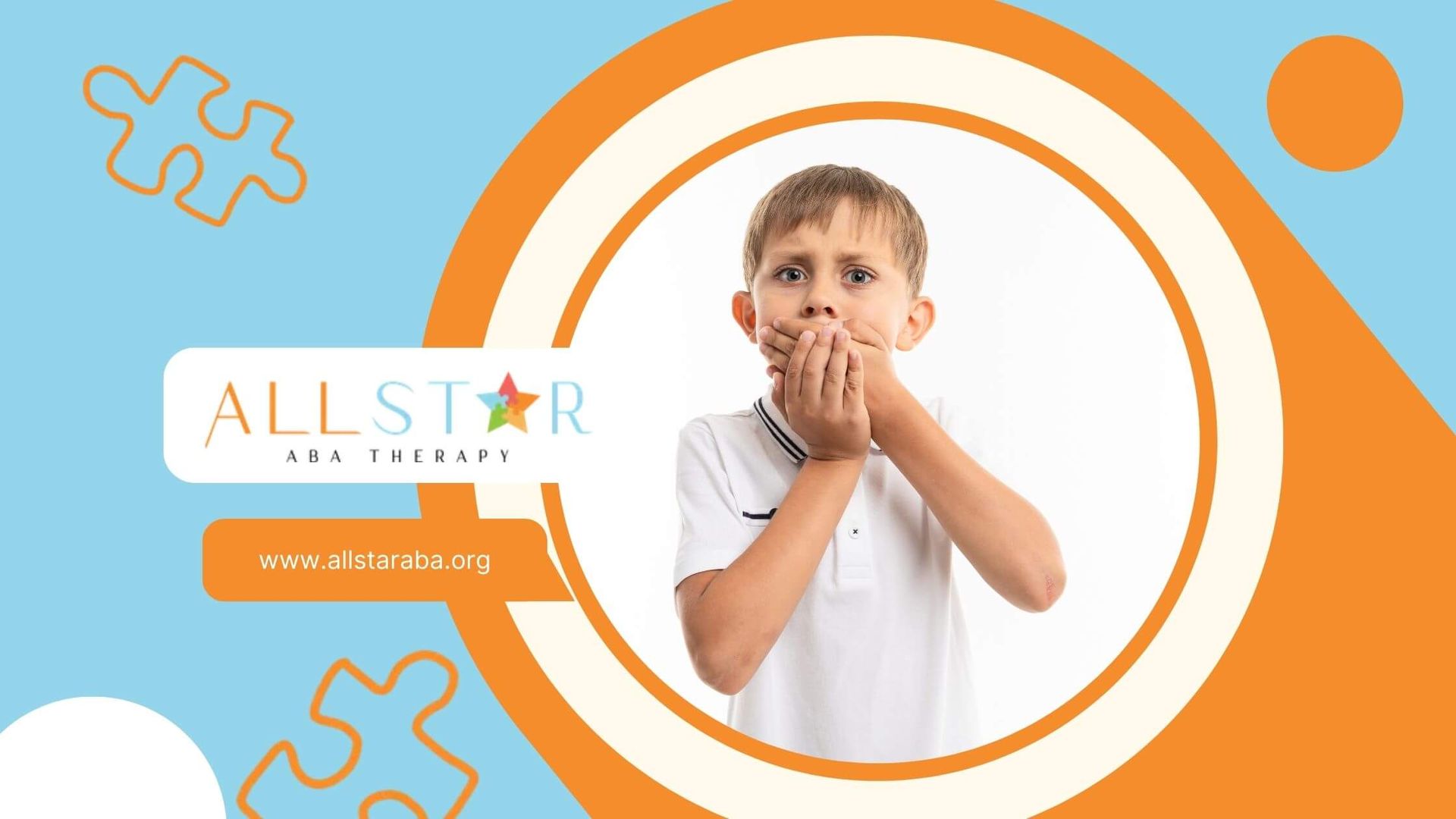New Paragraph
Top Cat Breeds That Bring Joy to Autistic Children
A gentle purr can lighten an afternoon, but for children on the autism spectrum, feline companionship may offer so much more than a soothing sound. Selecting the best cat breeds for an autistic child is an important decision for families seeking emotional support, sensory comfort, and a loyal companion. This article outlines the benefits of cat ownership, the key traits to look for when choosing a breed, profiles of top picks, and practical guidance on introduction and care. Parents, therapists, and educators will gain clear, research-backed insights into building a rewarding bond between an autistic child and their new feline friend.
Understanding Cat Benefits
Emotional Support
Cats often sense shifts in mood through body language and tone, providing unconditional companionship without judgment. In a landmark study known as the Feline Friends Study, families of children with autism spectrum disorder (ASD) reported stronger empathy and reductions in separation anxiety after adopting a shelter cat. Parents noted fewer problem behaviors, including declines in externalizing, bullying, and hyperactivity/inattention symptoms.
Sensory Comfort
Soft fur, rhythmic purring, and gentle kneading offer predictable, soothing input for children prone to sensory overload. Research confirms that these tactile experiences can lower stress and anxiety, improving overall quality of life for autistic kids. The warmth of a cat on the lap often creates a calm “safe zone” that children can return to when overwhelmed by noise or bright lights.
Social Skills
Interacting with a cat, like feeding, grooming, and playing, encourages responsibility and turns routine tasks into teachable moments. A published study found that cat adoption was linked to greater empathy and fewer problem behaviors among children with ASD. Caring for a pet builds confidence in social situations and provides a nonjudgmental companion for practice in communication.
Key Breed Traits
When selecting a breed, families should prioritize traits that align with a child’s sensory profile and daily routine. Important factors include:
Gentle Temperament
A calm, patient nature helps a cat tolerate varied levels of touch and unpredictable movements.
Moderate Energy Level
Cats that balance playfulness with downtime suit children who may become easily overstimulated.
Tolerance for Handling
Some breeds enjoy cuddling; others prefer minimal handling. Matching energy levels prevents stress for both child and cat.
Coat Type and Grooming
Long-haired breeds require regular brushing, while short coats tend to shed
Recommended Cat Breeds
Maine Coon Cat
Temperament and Energy
Often called “gentle giants,” Maine Coon cats combine a laid-back disposition with playful curiosity. They enjoy interactive play sessions but also settle contentedly for long naps.
Care and Grooming
Their long, silky coats need brushing two to three times per week to prevent mats. Regular nail trims and dental care round out basic maintenance.
Fit for Autistic Children
Maine Coons tolerate affectionate handling and moderate noise levels, making them ideal for kids who enjoy petting but may startle easily. Their large size and steady presence can feel reassuring.
Ragdoll Cat
Temperament and Energy
Ragdolls are prized for their mellow, docile nature. They often go limp when picked up, hence the name, and exhibit low to moderate energy levels.
Care and Grooming
A semi-long coat needs weekly brushing to control shedding. Ragdolls appreciate gentle brushing sessions, which can double as bonding time.
Fit for Autistic Children
Their patient, affectionate demeanor makes them excellent snugglers. Ragdolls respond well to routine, offering a calm presence during stressful moments.
Siberian Cat
Temperament and Energy
Active yet adaptable, Siberians enjoy playtime but also value independent exploration. They form strong bonds with family members.
Care and Grooming
A dense triple coat sheds seasonally; weekly brushing and extra care during heavy-shed periods keep dander under control.
Fit for Autistic Children
Known for hypoallergenic qualities, Siberians suit children with mild allergies. Their friendly, playful spirit encourages engagement without overwhelming a child’s sensory system.
Breed Comparison Table
| Breed | Temperament | Energy Level | Grooming Needs | Allergy Consideration |
|---|---|---|---|---|
| Maine Coon | Patient, Gentle | Moderate | High (2–3×/week) | Medium |
| Ragdoll Cat | Docile, Affectionate | Low–Moderate | Medium (1×/week) | Low |
| Siberian Cat | Playful, Adaptable | Moderate | Medium–High (weekly) | Hypoallergenic |
Introducing a Cat Safely
-
Designate a calm starter space. Use a small room or sectioned area with food, water, a litter box, and a few hiding spots. This gives the cat space to adjust before any direct meetings.
-
Start with see–smell–hear only. Let the cat and child observe through a baby gate or a slightly open door before face-to-face interactions.
-
For the first few weeks, keep an adult present during all contact. Reinforce calm behavior with praise or tiny treats. Keep sessions short and positive.
-
Teach gentle petting and how to spot overstimulation (tail flicks, flattened ears, tense body). Create a simple hand signal to pause interactions.
-
Feed, groom, and play on a predictable schedule. Routine reduces anxiety for both child and cat and builds trust over time.
Caring for Your Cat
Grooming Guidelines
Regular brushing not only keeps fur under control but also creates a sensory activity many children enjoy. Use a soft brush and allow short sessions, gradually increasing duration.
Sensory Enrichment
Provide a variety of textures such as soft beds, crinkly toys, and smooth ceramic bowls to engage tactile senses. Puzzle feeders can combine playtime with mental stimulation.
Health and Diet
Choose high-quality, age-appropriate food and schedule veterinary checkups twice a year. Monitor the cat’s weight and behavior for early signs of stress or illness.
Routine and Predictability
Cats thrive on consistency. A stable daily schedule for feeding, play, and quiet time builds trust and lowers the chance of disruptive behaviors.
Conclusion
Cats can be more than household pets; they offer emotional support, sensory relief, and a bridge to stronger social skills for children with autism. By focusing on gentle temperaments, manageable grooming, and allergy-friendly coats, families can find a breed that matches their child’s needs. Maine Coon, Ragdoll, and Siberian cats stand out for their suitability, but careful introduction and consistent care are equally vital. Parents and caregivers should review these insights, visit local shelters or reputable breeders, and consult with therapists to make an informed choice. A thoughtful match can spark lifelong companionship and enrich the lives of both child and cat.
At All Star ABA, we understand that every child’s journey with autism is unique. Alongside evidence-based ABA therapy, we encourage families to explore supportive tools like companion animals that can strengthen emotional well-being, reduce anxiety, and foster social growth. Our BCBA-led team works with parents to create personalized ABA treatment plans in Maryland that incorporate each child’s needs, interests, and strengths.
Contact us today to discover how compassionate in-home, center-based, and school-based ABA therapy can enrich your child’s development and complement the support of a loving companion.
Frequently Asked Questions
Are cats good for children with autism?
Yes. Cats with gentle temperaments can provide emotional comfort, sensory relief, and companionship, helping children with autism practice social interaction and responsibility.
Which cat breeds are best for children with autism?
Breeds like Maine Coons, Ragdolls, and Siberians are often recommended for their calm nature, adaptability, and lower allergen levels.
Can pets be included in autism therapy plans?
Yes. While ABA therapy remains evidence-based and structured, some families incorporate companion animals to support social skills, reduce stress, and reinforce therapy goals in natural settings.
SOURCES:
https://habri.org/pressroom/20201209
https://pubmed.ncbi.nlm.nih.gov/33290937/
https://www.walkervillevet.com.au/blog/good-dogs-cats-for-autistic-child/
https://www.autismparentingmagazine.com/cats-help-children-with-autism
https://www.autismhorizon.com/best-cats-for-autistic-child/
Need Support?
We're Here to Help!
Our experienced team is ready to assist you. Reach out today to discuss how we can support your child's development and well-being.
Get started with expert ABA therapy today.



